Researchers in Oxford have created a series of modular circuit components from hydrogel droplets engineered to selectively transport ions. These ‘iontronic’ devices interact seamlessly with living matter and, in a proof-of-concept demonstration, the team designed a biological sensor capable of measuring the heartbeat of cardiac cell samples.
‘Iontronics is an emerging field that aims to harness the controlled transport of ions as charge carriers, analogous to the flow of electrons in electronics, to process information and perform computations,’ explains Di Wei, head of the iontronics lab at the Beijing Institute of Nanoenergy and Nanosystems in China. Ion transport already has important applications in energy technologies like batteries, which generally trap or transfer ions to store or discharge energy. However, the greatest impacts of iontronic devices will likely lie in their integration with biological systems. ‘If you think about our own nature, our tissues, the biological language is based on ions – so iontronics could potentially provide a better interface with cells or tissues,’ explains Yujia Zhang, a bioengineer at the University of Oxford, UK.
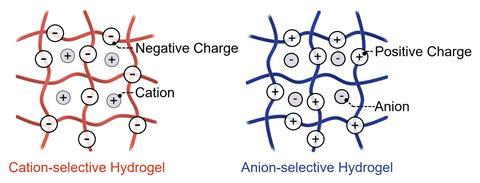
Focusing on this direct biological interface, Zhang and his colleagues developed nano-sized droplets of charge-selective hydrogels that self-assemble into iontronic circuit components including diodes, transistors, and logic gates. A typical hydrogel is formed of a cross-linked polymer – often derived from a protein – suspended in water, with charged particles able to diffuse throughout the structure. Using a modified silk protein that incorporates positive or negative charges within the polymer structure, Zhang’s team created a pair of gels that restrict this movement of charge to either anions or cations. They then deposited individual droplets into a surfactant-containing oil, assembling combinations of anion- and cation-selective droplets into different iontronic components.
‘The resulting devices function by mimicking the behaviour of p- and n-type semiconductors in electronics, with the mobile counterions acting as charge carriers,’ explains Wei, who was not involved in the work. For example, in conventional electronics, a diode – a device which ensures current only flows in one direction – contains a p-type semiconductor followed by an n-type and is easily replicated by assembling a cation-selective droplet followed by an anion-selective unit. ‘Due to the selective transport of anions and cations on either side [of the droplet boundary], the overall current direction [flows] from the cation-selective side to the anion-selective side, resulting in ionic rectification,’ he adds.

To test the performance of these modular units in a biological setting, the team created a simple heartbeat monitor by encapsulating an npn-type transistor (containing anion-, cation-, anion-selective droplets) within an organogel. The device recorded electrical signals from samples of atrial and ventricular heart cells, and was even able to differentiate between the two types of cardiac tissue.
There are still some technical issues to resolve before these devices reach patients, but Zhang’s team is already looking at solutions. ‘Iontronic devices are not as powerful as electronics meaning that if we check the output data, we do observe a signal decrease after two or three gates. Also, because the hydrogel is made of water, it tends to evaporate if we don’t control the humidity of the surrounding environment,’ he says. ‘We’re now working on improving the performance and [trialling] organic gels which will prevent that evaporation.’
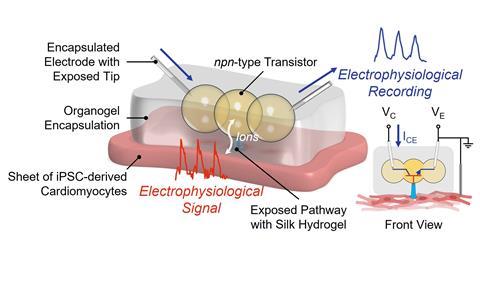
Despite these challenges, Wei believes this work represents exciting progress for the field of iontronics. ‘Using surfactant-supported assembly of hydrogel droplets is a particularly innovative approach,’ he says. ‘A standout strength is the demonstration of multifunctional capabilities, from diodes and transistors to logic gates and synthetic synapses, all within a highly miniaturised and biocompatible system. The successful integration with cardiomyocytes for electrophysiological recording further highlights the translation and potential of this technology.’
References
Y Zhang et al, Science, 2024, DOI: 10.1126/science.adr0428


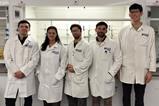


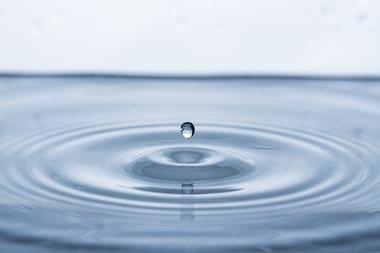
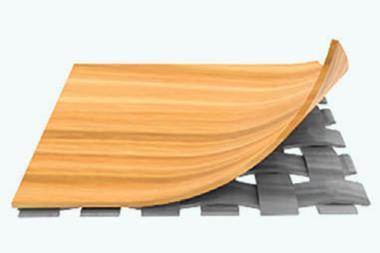

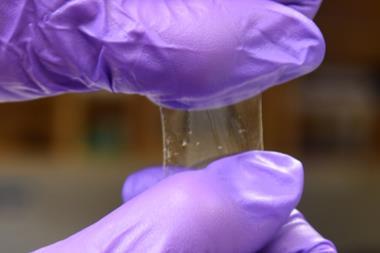
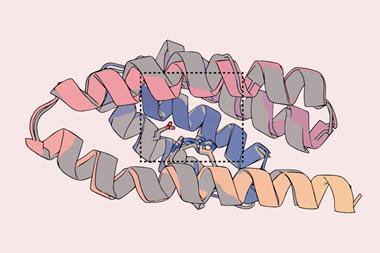
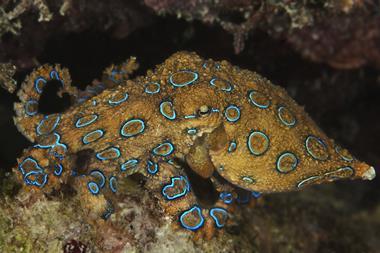

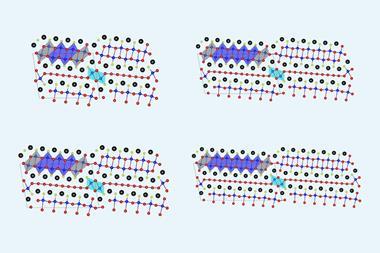
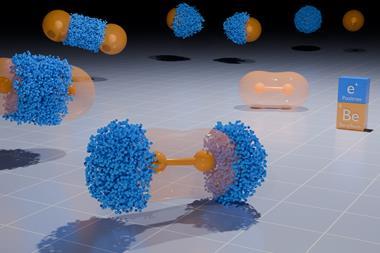
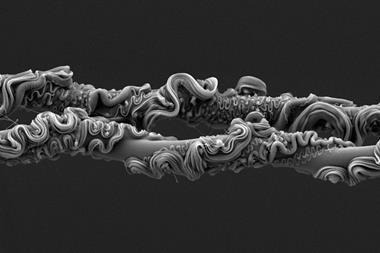
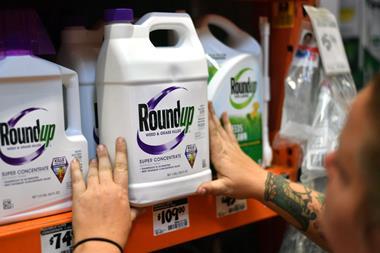
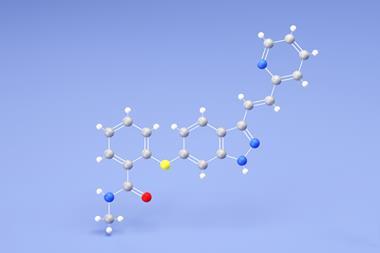
No comments yet